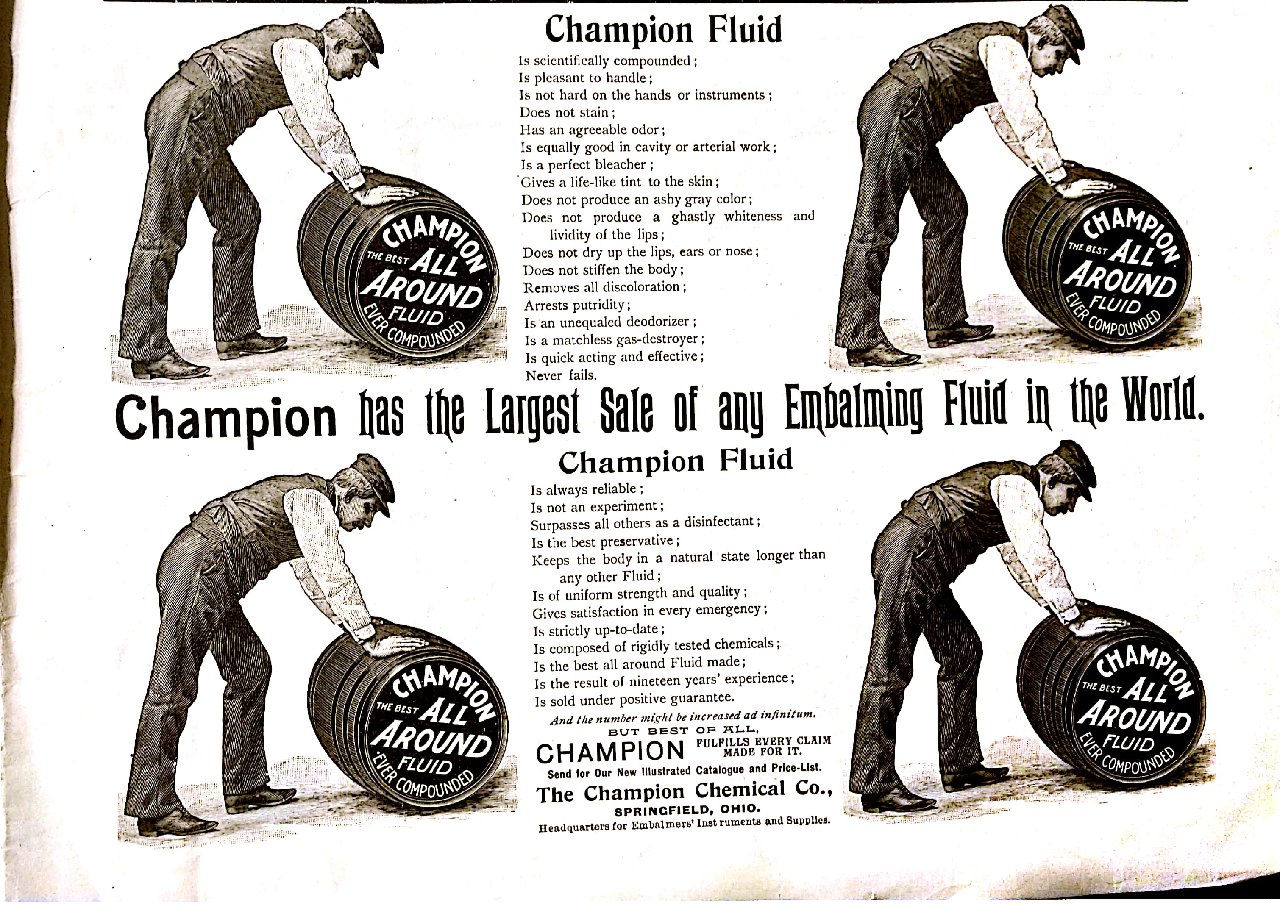It seems these days a disproportionate amount of folks have some misconceptions about what embalming really is. I get it. I watch TV too. Cable dramas (especially of the criminal and courtroom ilk) love to depict graphic autopsy scenes. I’m guessing the formula is gore=ratings. But that’s just what those scenes are: autopsies.
Embalming is process designed to disinfect, preserve and restore. In that order. It is defined by Robert G. Mayer in his seminal work Embalming: History, Theory & Practice as, “[the] process of chemically treating the dead human body to reduce the presence and growth of microorganisms, to temporarily inhibit organic decomposition, and to restore an acceptable physical appearance.” In what we in the profession call a “straight” case—or textbook case—the entire process can be achieved by a one inch incision in the neck area, near where the collar of your shirt sits. Using the body’s plumbing system (i.e., arteries and veins) formalin—an aqueous form of formaldehyde—is exchanged for blood. The entire process is as minimally invasive as possible.

The question that typically arises, especially with families living at great geographical distances today, is, “how long will an embalmed body last?” (By “last” most people mean how long will they be “viewable”) Unfortunately, there is no hard and fast answer to that. Embalming is meant to be temporary (see the above definition), but temporary is relative in each case. Individual physiology and way in which a person died will play a big part in how long a person will remain viewable after embalming. It could range from a number of days to a number of weeks.
Rest assured, however, that if you do choose embalming, the person taking care of your loved one will use all their skills to give you the most satisfactory viewing experience possible.
